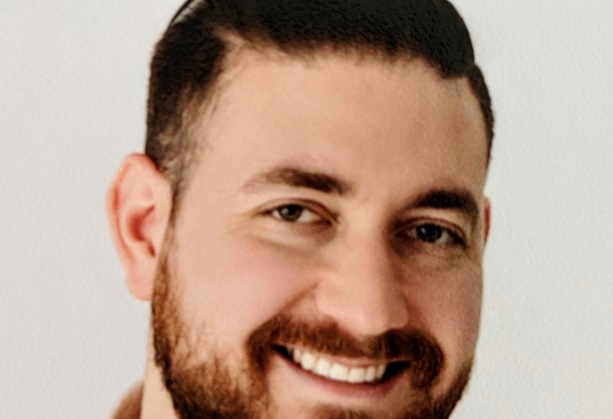➤➤ Join the GlobeSt.HEALTHCARE (formerly RealShare) conference December 3-4 in Scottsdale, AZ. The event will cover the industry’s major issues as well as the prevailing and upcoming trends in regulations, space use, budgeting, and technology implementation. Through panel discussions and peer-to-peer networking opportunities, the attendees will gather expert insights on how these factors will affect the development, operation, investment and design of healthcare real estate. Also, be sure to get your nomination in for our healthcare influencer and senior housing influencer feature. Click here to register and view the agenda.
Medicare has always been a highly complex and intricate government program. So mammoth is its reach that even minor changes will have an outsized effect on the healthcare industry. So it will go with the upcoming change in Medicare reimbursement rules. Philip Krispin, the director of Eastern Union’s Healthcare Group, argues that this change will trigger an uptick in M&A activity in the sector. GlobeSt.com caught up with him to learn more.
Let’s start with the upcoming change. What is that about?
The federal government is about to change the way it reimburses skilled nursing facilities. Last summer, it announced a plan to switch from a formula based on Resource Utilization Groups and instead adopt a Patient Driven Payment Model (PDPM) system. The new PDPM system goes into effect on October 1.
So, what’s the specific change Medicare is making?
The outgoing system, which was notoriously paperwork-heavy, has been clustering patients into therapy payment groups based on the amount of therapy they receive, regardless of the individual’s unique characteristics, needs, or goals. Medicare says that the new PDPM approach will now put “the unique care needs of the patient first.” It aims to focus on a patient’s individualized needs and characteristics.
The goal of PDPM is to improve payment accuracy and appropriateness. Medicare expects it to also reduce operators’ administrative burdens.
The industry agrees that the new approach provides new opportunities for investors in terms of profitability. Last year, Skilled Nursing News reported that leaders among both providers and REITs see PDPM as a model that reduces paperwork burdens and regulatory risks, while generally avoiding major cuts to operators.
Why would this affect the mindset of owners or operators? And why would such a change lead to more asset sales?
Whenever there’s a major change to the industry, it tends to keep the volume going as far as M&A is concerned.
The most sophisticated owners and investors have long seen the chance to operate their skilled nursing facilities more profitably under the incoming new system.
Operators can’t make this happen just by snapping their fingers. The changes are fairly complex, and they involve creating new administrative structures—with a number of new clinical categories—to align themselves with the new PDPM format. Owners and operators who’ve been properly adapting themselves to the new system will be in the best position to get reimbursed in line with the actual care they’re providing.
Who will be the winners and losers?
Who’s going to feel the pinch? Those who’ve been sitting on the sidelines and not trying to stay ahead of the curve. The winners will be those who have been figuring out ways to use the new system to their benefit, and who make sure they’re going to be reimbursed in line with the actual care that they’ll be providing.
Sophisticated operators have already been spending plenty of time preparing for the impact of the new system. Those who’ve gotten out furthest ahead of the change will be primed to reap the benefits from the new reimbursement formula.
How would this affect a company like Eastern Union?
Understandably, if owners or investors conclude that their operators haven’t been working hard to put all the right pieces in place—or, worst of all, haven’t been doing anything at all to get ready for PDPM—they would have some big choices to make. They’ll turn to consulting companies like ours to help them either equip themselves for the PDPM change or undertake a restructuring—or they’ll look to firms like ours to facilitate a sale.
© Touchpoint Markets, All Rights Reserved. Request academic re-use from www.copyright.com. All other uses, submit a request to [email protected]. For more inforrmation visit Asset & Logo Licensing.








